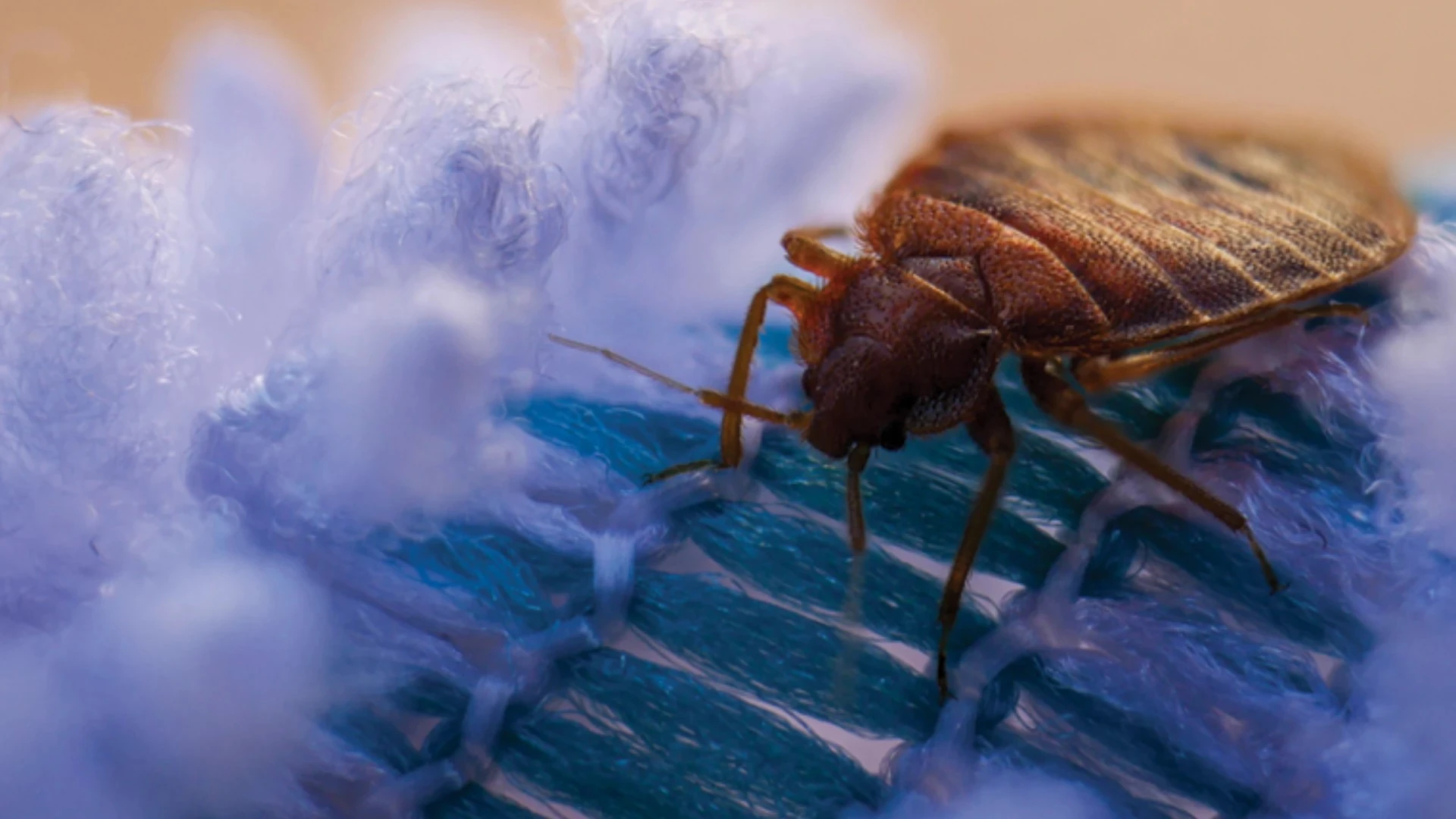First Person: Building a Robotic Spray Can
The following article was written by Jim Rindfleisch of the Department of Environmental and Developmental Services, County of York, Va. E-mail him at Rindflej@Yorkcounty.gov.
A couple of years ago I decided to build something that could spray baseboards and floors on its own. Robots that spray pesticide are not a new idea (e.g., several manufacturers make miniature helicopters for aerial spraying). The challenge was to build an inexpensive robot capable of navigating and spraying pesticide inside buildings.
For this project, the iRobot "Create" was used. It’s a sophisticated relative of the Roomba floor vacuum, and comes pre-programmed with behaviors that are useful for navigating inside buildings. Some of these behaviors can be adapted to spraying pesticide. The spray module built for the robot is an industry-familiar FMI type "Q" metering pump driven by an electric motor. The assembly is miniaturized as much as possible and mounted on a Plexiglas frame with a pesticide tank attached at the rear. The pump motor uses a separate 12-volt battery stored in the robot’s cargo bay. The pump supplies pesticide from the tank to a nozzle located at the rear of the robot.
In real-world situations, the robot worked best in empty spaces. It’s not as quick as a human but sprays without intervention. This frees the operator to attend other details of the application. The Create is pre-programmed to follow walls by always navigating itself on the right side. If the unit becomes hung up it will attempt to free itself. If unsuccessful it will call for help, which is useful because robots have a way of getting themselves into situations involving overhanging furniture, protruding pipes, wires and crumpled rugs. Sometimes the machine may fall or get knocked over. For this reason it’s important to include a tip-switch in the pump circuitry. Alignment and vibration damping in the connection between the spray unit motor and the pump head is important. Excessive vibration interferes with the robot’s sensors, causing the machine to wander off.
Major drawbacks were lack of battery capacity and pesticide load. Too much time was lost re-charging pump batteries. Otherwise the unit worked well enough to try this idea on heavier platforms.
Many of us have thought about building a better mouse trap. Hopefully this project will stimulate interest in building an autonomous spray can.

Explore the February 2010 Issue
Check out more from this issue and find your next story to read.
Latest from Pest Control Technology
- Rentokil Terminix Expanded in Key Markets with 2024 Acquisitions
- In Memoriam: Joe Cavender
- Certus Acquires Green Wave Pest Solutions
- Liphatech Adds Alex Blahnik to Technical Team
- Do the Right Sting: Stinging Insect Identification, Management, and Safety
- VAGA's 8th Annual Veterans Thanksgiving Appreciation Dinner
- Clark's Blair Smith on the Response to Increased Dengue Fever Cases in Southern California
- WSDA, USDA Announce Eradication of Northern Giant Hornet from U.S.





